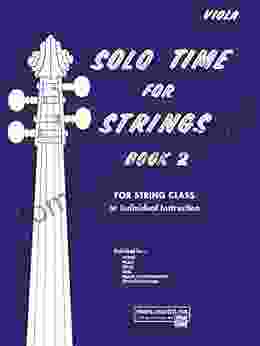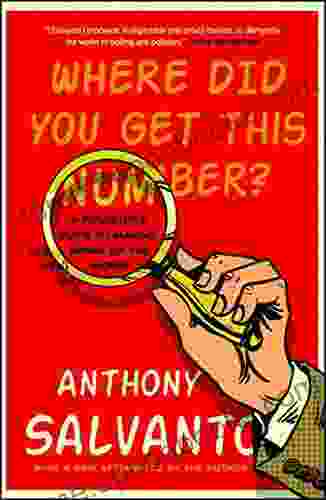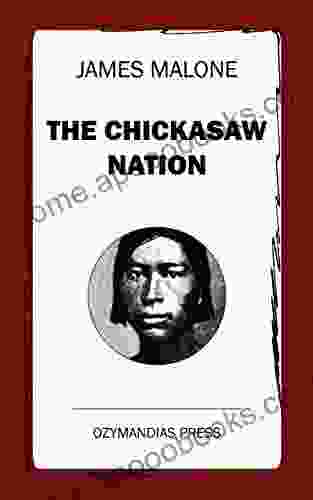The Pollster's Guide to Making Sense of the World

In today's world, we are constantly bombarded with information. It can be difficult to know what to believe and how to make sense of it all. Polls can be a valuable tool for helping us to understand the world around us. They can provide us with information about public opinion, voting intentions, and consumer behavior. However, it is important to remember that polls are not always accurate. It is important to be aware of the potential biases and limitations of polls before using them to make decisions.
4.2 out of 5
| Language | : | English |
| File size | : | 1553 KB |
| Text-to-Speech | : | Enabled |
| Screen Reader | : | Supported |
| Enhanced typesetting | : | Enabled |
| X-Ray | : | Enabled |
| Word Wise | : | Enabled |
| Print length | : | 258 pages |
How Polls Work
Polls are conducted by asking a sample of people questions about their opinions or beliefs. The results of the poll are then used to estimate the opinions of the entire population. There are a number of different types of polls, including:
- Random sample polls: These polls are conducted by randomly selecting a sample of people from the population. This type of poll is considered to be the most accurate.
- Convenience sample polls: These polls are conducted by asking people who are easy to reach, such as people who are shopping at a mall or who are online. This type of poll is less accurate than a random sample poll, but it can be less expensive and time-consuming to conduct.
- Quota sample polls: These polls are conducted by asking people who match certain demographic characteristics, such as age, gender, and race. This type of poll is less accurate than a random sample poll, but it can be used to ensure that the sample is representative of the population.
The size of the sample is also important. The larger the sample, the more accurate the poll will be. However, it is also important to consider the cost and time it takes to conduct a poll. The larger the sample, the more expensive and time-consuming it will be to conduct the poll.
Bias in Polls
Polls can be biased in a number of ways. Some of the most common sources of bias include:
- Sampling error: This type of error occurs when the sample is not representative of the population. For example, if a poll is conducted by only asking people who are online, the results of the poll may not be accurate for the entire population.
- Response error: This type of error occurs when people do not answer the questions accurately. For example, people may be reluctant to admit that they voted for a certain candidate or that they hold a certain opinion.
- Question wording: The way that a question is worded can influence the results of a poll. For example, a question that is worded in a positive way may produce different results than a question that is worded in a negative way.
It is important to be aware of the potential biases in polls before using them to make decisions. You should also consider the size of the sample and the methods that were used to conduct the poll.
Using Polls to Make Decisions
Polls can be a valuable tool for helping us to make decisions. However, it is important to remember that polls are not always accurate. You should always consider the potential biases and limitations of polls before using them to make decisions.
Here are a few tips for using polls to make decisions:
- Consider the source of the poll. Some polls are more reputable than others. Do some research to find out who conducted the poll and what their reputation is.
- Look at the methodology of the poll. How was the poll conducted? What was the sample size? Were there any potential sources of bias?
- Consider the context of the poll. What was the purpose of the poll? What were the questions that were asked? How do the results of the poll fit with other information that you have?
Polls can be a valuable tool for helping us to understand the world around us. However, it is important to be aware of the potential biases and limitations of polls before using them to make decisions.
4.2 out of 5
| Language | : | English |
| File size | : | 1553 KB |
| Text-to-Speech | : | Enabled |
| Screen Reader | : | Supported |
| Enhanced typesetting | : | Enabled |
| X-Ray | : | Enabled |
| Word Wise | : | Enabled |
| Print length | : | 258 pages |
Do you want to contribute by writing guest posts on this blog?
Please contact us and send us a resume of previous articles that you have written.
 Book
Book Novel
Novel Page
Page Chapter
Chapter Text
Text Story
Story Genre
Genre Reader
Reader Library
Library Paperback
Paperback E-book
E-book Magazine
Magazine Newspaper
Newspaper Paragraph
Paragraph Sentence
Sentence Bookmark
Bookmark Shelf
Shelf Glossary
Glossary Bibliography
Bibliography Foreword
Foreword Preface
Preface Synopsis
Synopsis Annotation
Annotation Footnote
Footnote Manuscript
Manuscript Scroll
Scroll Codex
Codex Tome
Tome Bestseller
Bestseller Classics
Classics Library card
Library card Narrative
Narrative Biography
Biography Autobiography
Autobiography Memoir
Memoir Reference
Reference Encyclopedia
Encyclopedia Apostolos Georgiadis
Apostolos Georgiadis Carolyn B Stone
Carolyn B Stone Mark Leyner
Mark Leyner August Strindberg
August Strindberg Landon Y Jones
Landon Y Jones James Wynbrandt
James Wynbrandt Magnolia Valette
Magnolia Valette Anthony S Bryk
Anthony S Bryk Antonio Fogazzaro
Antonio Fogazzaro Nina Harkness
Nina Harkness Christopher Emdin
Christopher Emdin Anthony Riches
Anthony Riches Anthony Stehlin
Anthony Stehlin Emma Lamb
Emma Lamb Charles Ritchie
Charles Ritchie Douglas Stuart
Douglas Stuart Arthur Rimbaud
Arthur Rimbaud B A Schulte
B A Schulte Anthony Giddens
Anthony Giddens Arvind Kejriwal
Arvind Kejriwal
Light bulbAdvertise smarter! Our strategic ad space ensures maximum exposure. Reserve your spot today!

 Edison MitchellUnleash Your Musical Potential: Discover the Enchanting World of Solo Time...
Edison MitchellUnleash Your Musical Potential: Discover the Enchanting World of Solo Time...
 Manuel ButlerPrimary Obstruction Coastal Vigilante: An Unforgettable Tale of Redemption...
Manuel ButlerPrimary Obstruction Coastal Vigilante: An Unforgettable Tale of Redemption... Bobby HowardFollow ·4.7k
Bobby HowardFollow ·4.7k Ervin BellFollow ·17.5k
Ervin BellFollow ·17.5k Alexander BlairFollow ·13.8k
Alexander BlairFollow ·13.8k Carl WalkerFollow ·7.2k
Carl WalkerFollow ·7.2k Corbin PowellFollow ·7.6k
Corbin PowellFollow ·7.6k Cody BlairFollow ·12.4k
Cody BlairFollow ·12.4k Jack LondonFollow ·14.2k
Jack LondonFollow ·14.2k Mike HayesFollow ·2.9k
Mike HayesFollow ·2.9k

 Gabriel Garcia Marquez
Gabriel Garcia MarquezLad Dog Baby Professor: The Perfect Book for Your Child
Lad Dog Baby...

 Fredrick Cox
Fredrick CoxAn Excerpt With Fifty Ways To Help Animals Promo Books:...
: Embracing Animal...

 Kelly Blair
Kelly Blair5th Grade US History: Famous US Authors: Fifth Grade...
Step into a captivating world of historical...

 Natsume Sōseki
Natsume SōsekiKull the Destroyer: A Timeless Tale of Sword and Sorcery
The Creation of a...

 Jim Cox
Jim CoxDas Ist Supertoll: Unlocking the Magic of German for Kids
Immersive Learning with...

 Bruce Snyder
Bruce SnyderUnlock the World of Quilting for Kids: Discover "Quick...
Are you ready to embark on a delightful...
4.2 out of 5
| Language | : | English |
| File size | : | 1553 KB |
| Text-to-Speech | : | Enabled |
| Screen Reader | : | Supported |
| Enhanced typesetting | : | Enabled |
| X-Ray | : | Enabled |
| Word Wise | : | Enabled |
| Print length | : | 258 pages |








